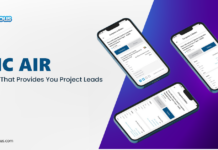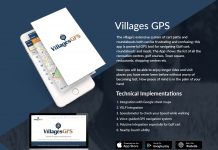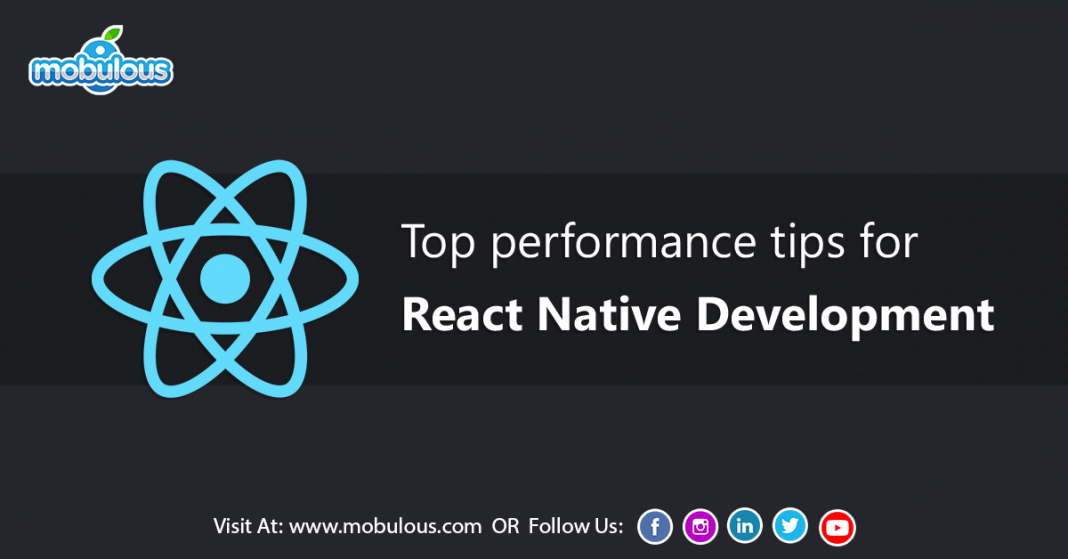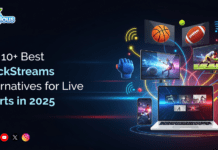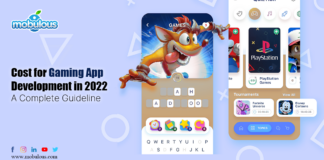In the digital era, all users want quick information, and every developer wishes to create an app that can give the best experience to their users. React native is considered one of the best mobile app development frameworks that most of the developers used to create apps. It is a cross-platform mobile app development that allows you to use the same code for all the major platforms, including Android, as well as IOS. The top companies, including Facebook, Walmart, Instagram, and Tesla, are using react-native.
As we all know, for any mobile app and website development, excellent performance is so crucial. However, while developing apps with react native, you might face a problem with the performance of your app. to fix the issues and deliver the flawless application to react-native, it requires proper guidelines. So, here in this article, we will discuss some top amazing tips and tricks that you can use to speed up the performance of react native app:
Some top amazing tips and tricks to speed up the performance of react native app
Eliminate Unnecessary Features
It sometimes happens that your app might get slow down then, in that situation, you need to delete the unwanted data, tabs, controls, animations, and navigation. Animation can lead to slow down your web app too. In your navigation app, make sure that you keep only display items that are useful to the app as all the unnecessary items on your app load times and clutter the user experience of your app. Also, design your app in such a way that it can fit the designs of other devices too.
Decrease image size
To improve the performance of the react native app, it is quite essential to reduce the size of the image. Image caching helps the users to access the image on their mobile devices quickly.
Most of the users might have experience pictures loading issues in some apps when the page is refreshed. In that condition, you can convert your images to PNG before using them for your mobile app. for IOS, you can speed the loading speed up to 25%-30%. In contrast, for Android, you can speed the loading speed up to 30%. Make sure, along with lowering the size of the app, and you must reduce the size of images too.
Improve the maps
Sometimes, the use of navigation in react native can be slow down and creates a problem for you. So, to speed up and fix this type of issue, you must eliminate the console.log and avoid storing data in the XCode. This affects the technical debt, which, as a result, makes your app works slower.  Avoid unnecessary Re-rendering
Avoid unnecessary Re-rendering
Your react native app can be slow down if there is an excessive rendering of any of your components. So, to reduce the amount of useless rendering, you need to use the should-component update. It helps to render the component only when the render is necessary to do.
Improve navigation
As we all know very well that navigation is the essential core of the application functionality. To enhance the navigation and deliver an improved performance between native elements as well as JavaScript. There are four major navigation components in a react native application that are React Navigation, Navigation Experiment, Navigator, Navigation iOS. You need to select these components wisely according to your app. Using the above components based on the app, you will get a native app like performance with a glitch-free user experience.
Avoid memory leaks
Most of the android devices have an issue of memory leakage as in the android devices, other processes running in the background. To stop the memory leaks, you need to avoid using ListView and instead use a scrolling list such as SectionList, VirtualList, or FlatList. This will help to keep your android performance smoothly.
Improving the launch time of application
Try to launch your app within a few seconds because if you are not unable to your app within seconds, then you might lose your end customers. You need to work on the points that affect your app launch time. Boost your app performance by not using the object.finalize kind of elements.
The one challenge that is associated with React Native is it allows you to render only one thread at a time. That means you can’t perform multiple tasks at a time. It is proven as a good feature for developers as you can focus on implementing one service efficiently at a time.
Reduce application size
In react native, you use third-party libraries and components form libraries that increase the size of the application. It is quite essential to reduce the size of an app to improve its performance. To reduce the size of an application, you have to properly optimize the resources, use only the necessary components, create different app sizes for different device architectures, use ProGuard and also compress the graphic elements, i.e., images.
Here, are the following practices that can help to reduce app size:
- You need to reduce the load on the bridge and improve the app’s performance.
- You need to move components from the native realm to the react-native realm.
- Make sure to check the stability of open source libraries before you use them.
Final words
React-native provides an amazing opportunity to app development companies as well as mobile app developers. As we can see, numerous things can slow down the performance of your react native app, but luckily, we have a solution to these problems too. So, here in this article, I have written briefly about the various tips and tricks that help to improve the performance of your react native app.
I hope you learned a lot, but there are still many things left to learn.
Let me know if you feel like we have missed any of the react-native practices by commenting below, and we make sure we will look into it.
Also Read:
Services Provided by Mobulous to satisfy entrepreneurs, enterprises, & startups needs
PHP vs. Node. JS: Which is best for the project
Leverage the Potential of Hybrid mobile apps to Power your Business
Access Our UI Case Studies: https://www.mobulous.com/blog/case-studies
Get in Touch with our Sales Team: sales@mobulous.com

















